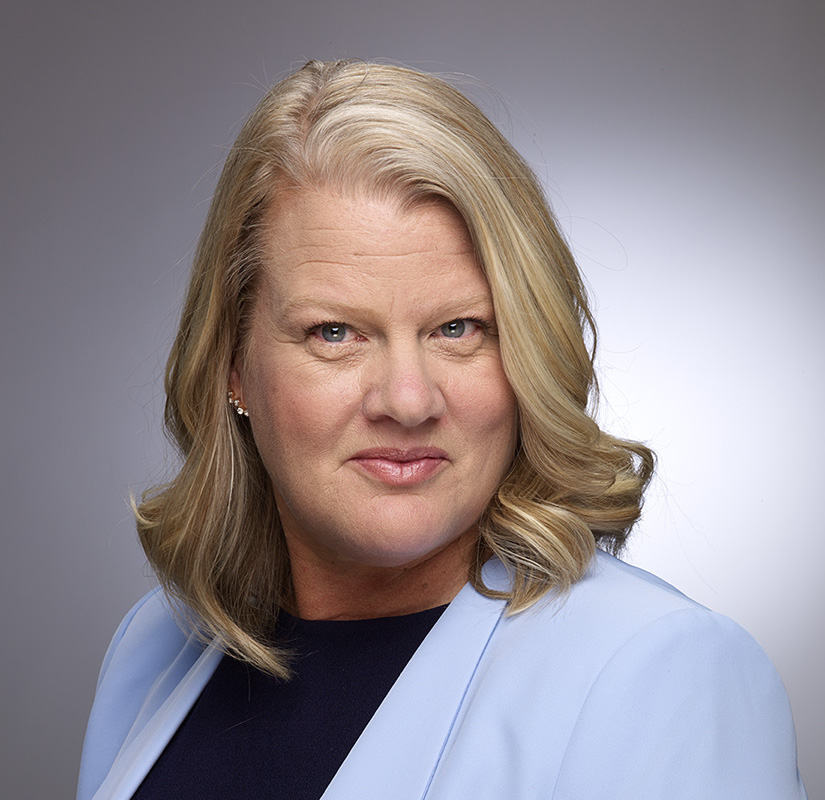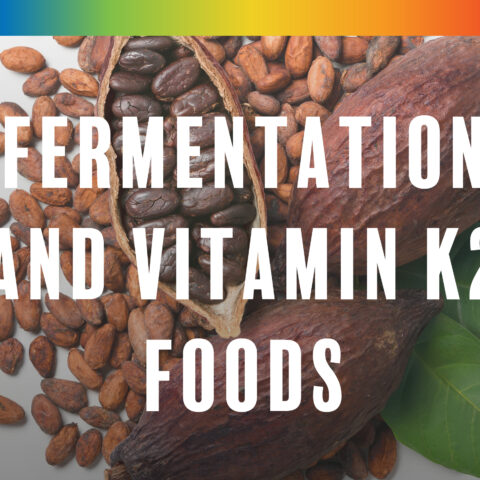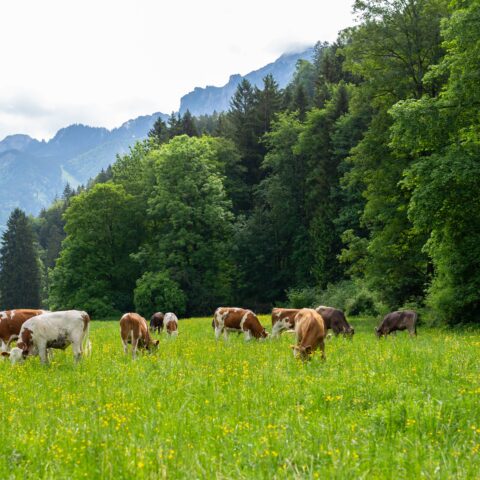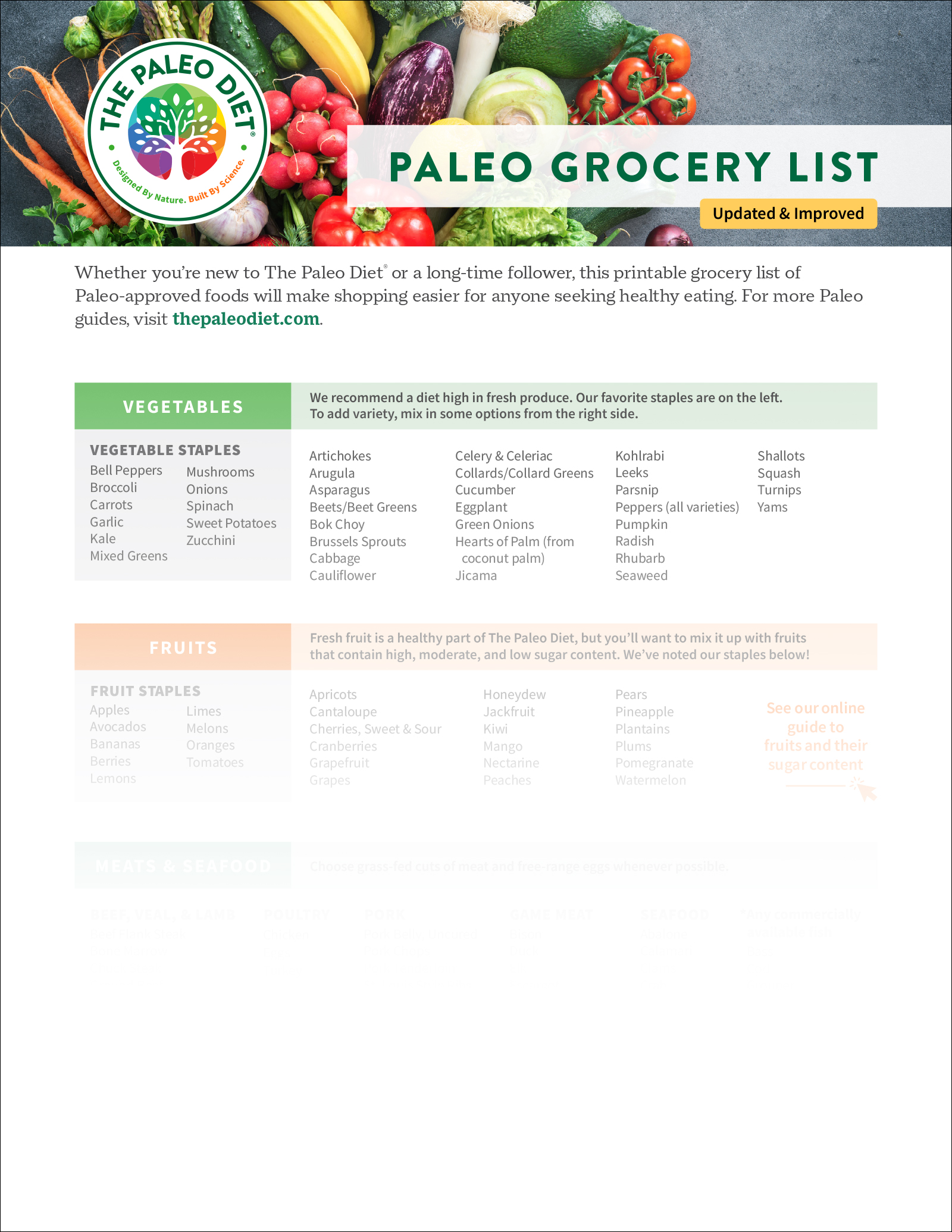Who is Dr. Loren Cordain?

Loren Cordain, PhD, often says that he didn’t invent The Paleo Diet. Instead, he uncovered a preexisting way of eating based on how the human body was meant to be nourished. As a man who has spent his life being led by science, not fame, he never anticipated that his name would forever be aligned with an international movement founded by our hunter-gatherer ancestors.
While a professor at Colorado State University in the Department of Health and Exercise Science in the late 1980s, he took a keen interest in nutritional anthropology and how it related to sports performance. At the time, endurance sports, such as running and cycling, had exploded in popularity. Carb-loading with pasta and sugar laden gels, bars, and drinks became the accepted nutrition advice for training and competing. Two published papers on hunter-gatherer diets by Boyd Eaton, MD. showed Dr. Cordain that hunter-gatherer ancestors consumed more protein and fats than realized and virtually no cereal grains and dairy.
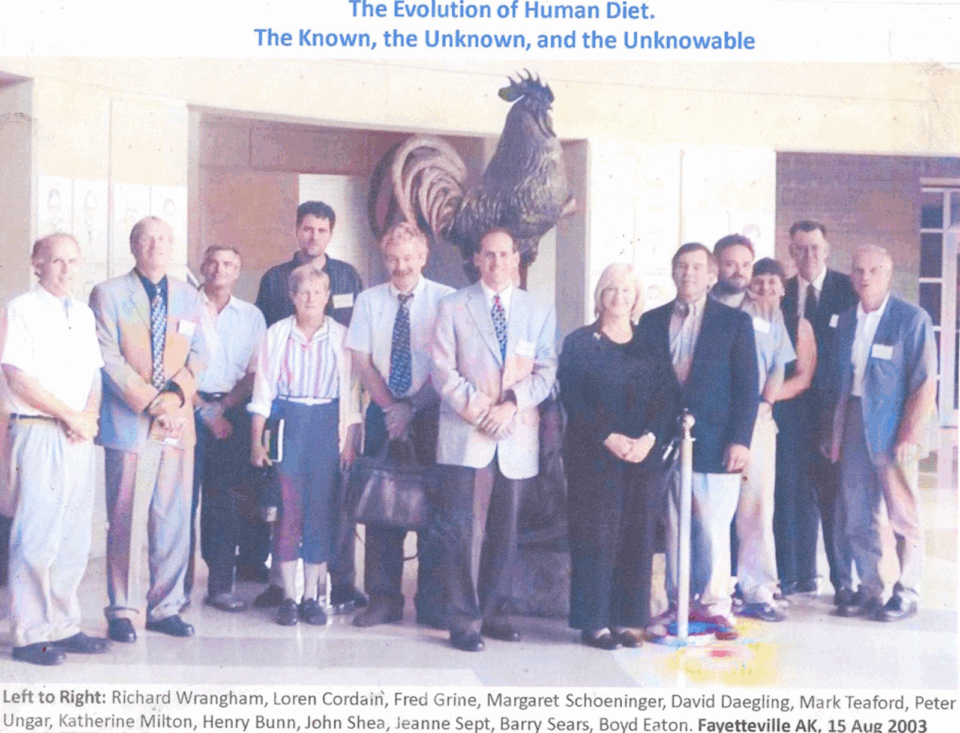
“I was a marathon runner and triathlete,” says his wife, Lorrie Cordain. “He would come home from work and say, ‘You’re not going to believe what I found out today about what we should eat.’ We ate a lot of rice, potatoes, beans, and pasta because we thought it was the healthiest diet for our young, active lifestyles. I’ll never forget the day he came home and said we can’t eat potatoes anymore,” says Lorrie.
“So, what do we eat?” she asked. From then on, the couple began experimenting with modern day food combinations based on mimicking hunter gatherer lifestyles. Eventually, basing everything on research along with trial and error in the kitchen, ingredients The Paleo Diet was born. “When I was pregnant with our second son, Loren was working on a study about the nutritional benefits of game meat. One day, a graduate student pulled up to our house with a Colorado elk tied to his truck that he’d hunted in the mountains,” says Lorrie. “We ate elk for months, and I was amazed by how healthy and energetic I felt during that pregnancy.”
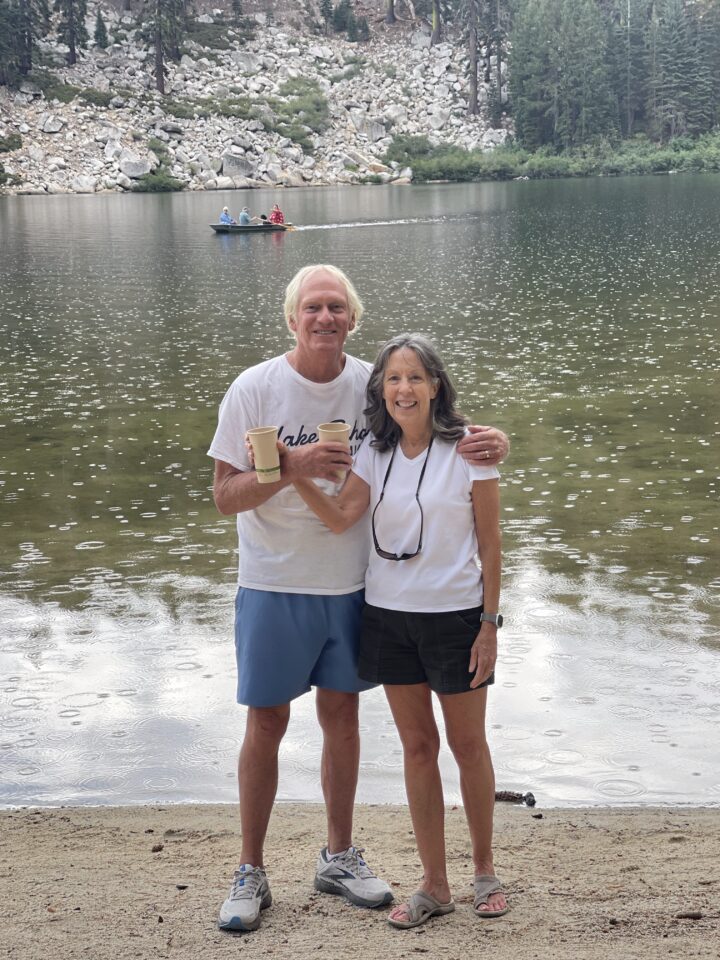
As a man of science and dedicated to research, Cordain was reluctant to take the next step and introduce nutritional anthropology to the masses. Beyond his home kitchen, his students were the first to benefit from this emerging science.
“I met Dr. Cordain in 1988 by chance. He was my assigned advisor while I was working on my doctorate in physiology with an emphasis in cardiovascular health at CSU,” says Mark Smith, PhD, Chief Science Officer of The Paleo Diet. “At the time, there was hardly any mention of Paleolithic nutrition. It wasn’t until 1995, when I was teaching in the sports science department, that I started to see the genius of his work.” He recalls that a few filing cabinets with research organized by food groups – dairy, grains, protein – grew to a collection of more than 25,000 in the professor’s office, each one stacking up the evidence to higher levels of credibility. “He’s a bit of a mad scientist, but in a good way,” says Smith. “Since I have known him, I’ve never heard Dr. Cordain make a statement without it being backed up by a peer-reviewed paper with yellow highlights and comments in the margins that we wanted to emphasize.”
As the evidence grew to support this new way of eating tied to our ancestral roots, Dr, Cordain was receiving frequent requests for nutritional advice from athletes, friends, coworkers, and people who had health issues. The feedback he received was positive in every way. Lorrie felt that more people needed to know how to integrate these foods into their daily meals. She convinced him to write a book as the most effective way to make the information available to the masses. Ever the scientist, he wanted to get the knowledge out there, but didn’t seek fame. Dr. Cordain believed that his first book, The Paleo Diet, published in 2001, was more than enough to educate readers. Little did he foresee that this was just the start of what would become a worldwide movement in health and nutrition.
As interest grew among amateur and professional athletes and trainers, The Paleo Diet for Athletes was published in 2005, cowritten by Dr. Cordain and Joe Friel, the U.S. Olympic Triathlete coach at the time,
Friel was a reluctant believer in the Paleo Diet concept until he tried letting go of his heavy emphasis on cereals, bread, rice, pasta, pancakes, and potatoes while he trained. It was so successful for Friel that he recommended it to the athletes he coached. In interviews, Friel commented: I have written four books on training for endurance athletes and have described and recommended the Stone Age diet (The Paleo Diet) in each of them. Many athletes have told me a story similar to mine. They have tried eating this way, somewhat skeptically at first, and then discovered that they also recovered faster and trained better.”
Trevor Connor, the CEO of The Paleo Diet, was one of those reluctant believers. “I took my first course with Dr. Cordain after studying sports nutrition for a decade,” says Connor. “I didn’t want to believe it. As a semi-professional cyclist, I consumed up to 700mg of carbohydrates daily,” he says. Connor spent a summer trying to prove his professor wrong but proved himself wrong by following the science that Cordain taught him. After a semi-retirement stage at age 37, he returned to competitive cycling and placed nationally in the top ten at age 40.
Once The Paleo Diet caught on in the sports community, the public wanted to know more. The most common questions received are from those asking about the practical aspect for “Going Paleo”. A simple explanation for what to eat on The Paleo Diet is often followed by questions about how to prepare the food. For years, Lorrie nudged her husband to write a cookbook without much success. “He didn’t want The Paleo Diet to be just another fad diet to lose weight,” she says. “It is a way of eating for an entire lifetime. It’s how humans are meant to eat.” Lorrie insisted that a “Paleo Diet user’s manual” was in demand and finally convinced her husband to agree to write a cookbook. He agreed, but only if she would be part of the process. The couple spent a year developing and fine-tuning the recipes they prepared while raising their sons, and collaborating with professional athlete, Nell Stephenson. Through their efforts, The Paleo Diet Cookbook was published in 2010.
For Dr. Cordain, the journey to becoming a published author and the notoriety that comes with it is not the goal. At heart, he is a man of science who wants to help others. Thousands of individuals find that The Paleo Diet helps relieve inflammation related to autoimmune diseases and other complex chronic illnesses. The Paleo Diet’s exclusion of grains, dairy, legumes, and nightshade fruits and vegetables is a foundational start for those who follow the Autoimmune Protocol diet (AIP) to reduce inflammation and lower the risk of triggering an autoimmune response that exacerbates symptoms. Many people tell Dr. Cordain that The Paleo Diet AIP is a lifesaver for people who suffer from difficult-to-treat conditions.
Beyond his research, there is no better example of Dr. Cordain’s commitment to humanity’s wellbeing than his twenty-year second career as a summer lifeguard at Sand Harbor Beach at Lake Tahoe. “He was an excellent swimmer and enjoyed the healing waters of Lake Tahoe,” says Lorrie. In that chair, overlooking the deep-blue waters of the lake, he could appreciate the wonders and gifts of nature. It was also a place where he reflected on his research and was inspired by new ideas, always mentally connecting the dots between hunter gatherer diets and modern nutrition. A photo of his favorite lifeguard chair hangs on the wall in his home and he doesn’t hesitate to point out to anyone who will listen, that it is the best office he ever worked in.
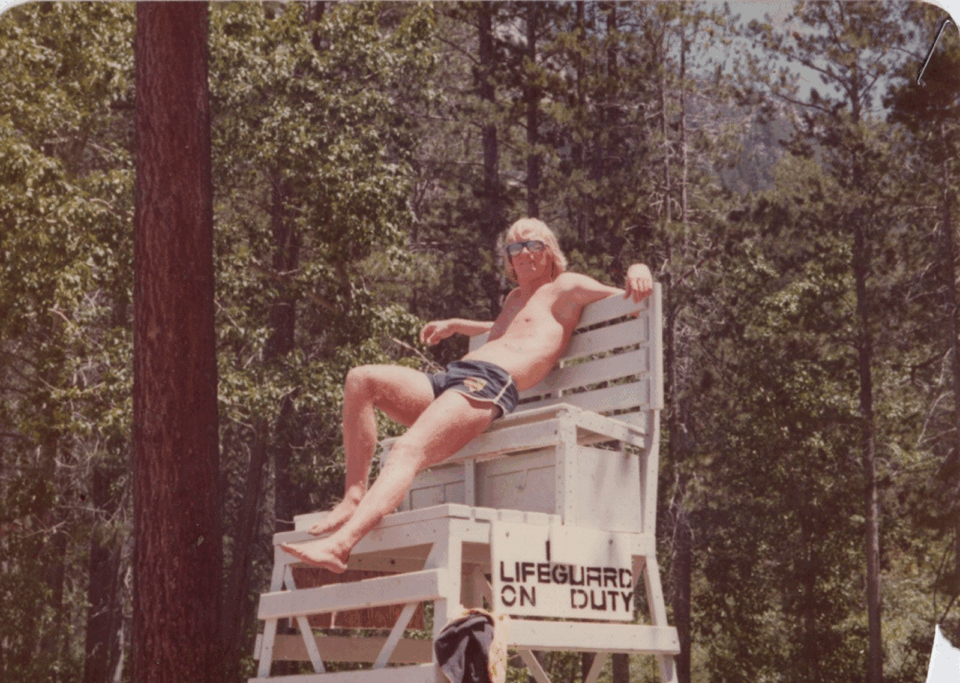
Though Dr. Cordain’s research on nutritional anthropology sought answers from the past, he is a man ahead of his time. As the Western Diet, with its emphasis on processed foods, continues to be a correlational and causal factor in chronic illnesses, his research on the importance of eating fruits, vegetables, and proteins rises above the ongoing debates. And yes, Dr. Cordain and The Paleo Diet have received global recognition. Yet, the people who know him best cite his humbleness, integrity, dedication to community and family, and desire to help people as his best attributes.
Kimberly Lord Stewart
Kimberly Lord Stewart is an author, journalist, and culinary expert. Her work highlights the importance of incorporating whole foods into daily diets and emphasizes the connection between food and overall well-being.
More About The Author